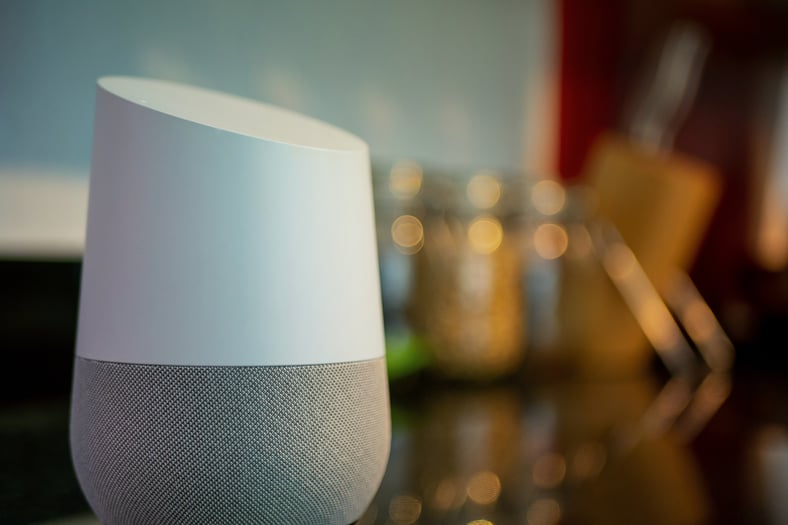Is your smart home support team ready for the holiday season?

November is just around the corner—which means so is one of the biggest times of the year for smart home brands. Between Black Friday, Cyber Monday, and the holidays, the last quarter of the year is definitely a busy one!
But why is this time of year such a big deal? Well, first you have people looking to buy gifts for loved ones, which starts off a massive increase in sales for most major retailers. Then, you’ve got lower prices for seasonal sales making large purchases more attractive and attainable for people.
Combined, this means a massive volume of smart home devices hitting homes, all around the same time.
Since 2017, smart speaker manufacturers have seen anywhere from 39% to 48%* of their entire annual sales happen entirely within the last three months of the year."
How the holiday season impacts support teams
Fun fact: Studies have shown that around two-thirds of people in the U.S. own at least one smart home device.
For many consumers, setting up one smart home device comes with enough potential problems, from frequency issues to bandwidth, interference, and more. But once you start adding more devices, it gets infinitely more complicated—especially if not all devices are compatible.
Because so many homes now have multiple devices and the potential for more complex issues, this means that the upcoming seasonal sales spike translates into three major problems for smart home support teams:
- A much higher volume of calls
- An increasingly high volume of difficult-to-resolve calls
- A much higher number of device returns
After all, the majority of issues customers have with these devices aren’t actually issues with the devices themselves; they’re issues within the customer’s home network. And these are tricky to solve because it’s difficult to find and diagnose the issue without any visibility, so agents have to rely on answers from consumers who may not actually understand the question.
How can support teams handle the holiday season?
One of the most common solutions to this situation is to bring in seasonal staff to help handle the high call volume. But that gets expensive, and can make a major dent in a smart home support team’s KPIs—especially because these agents need training and onboarding before they can start to help with seasonal volume.
So what’s a support team to do? And how can you manage the holiday season without extra staff or expenses?
